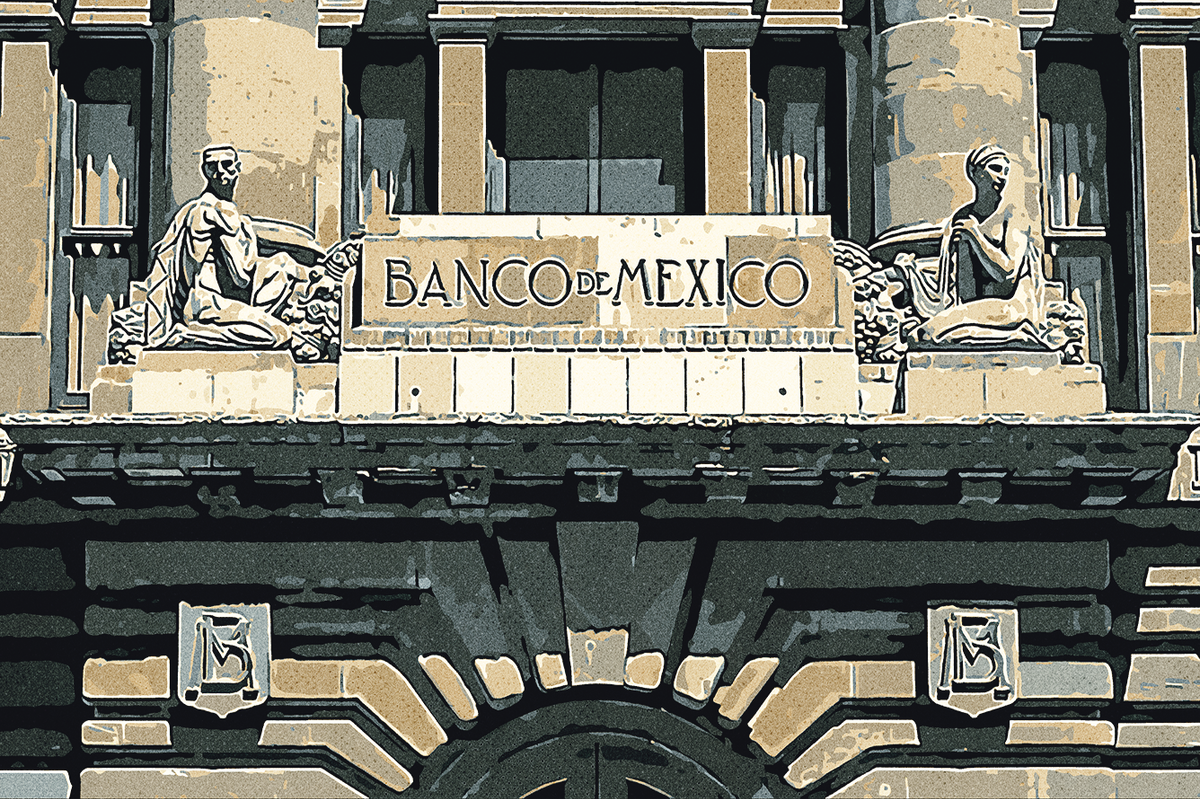
Background to the creation of Mexican Digital Currency
It was planned that the Central Bank of Mexico would have its own digital currency by 2024 as part of an overall strategy to digitize payments and expand access to financial services. "These new technologies and next-generation payment infrastructure are extremely important", wrote the federal government a year ago on its Twitter account, confirming the bank’s plan.
The launch of the Digital Peso was to go through several stages:
- Use of the existing national Cobro Digital mobile payment system (CoDi), which will become the basis of PagoCel - a platform that allows users to make bank transfers using their mobile phone numbers or personal data.
- The second implementation phase of the Mexican CBDC will involve financial institutions providing digital currency transfers through the inter-bank electronic payment system to which CoDi (SPEI) is linked.
- The last, third stage will allow the use of Digital Peso for users without bank accounts.
Mexico See Mexico Do
To understand the reasons for the delay we dug into the original plan and the motives behind it.
Mexico had shown a clear desire to create its own digital currency, and there had been mounting reasons to do so, some of which were:
- A huge growing market of money transfers, including in cryptocurrencies. According to World Bank statistics for 2021, Mexico was the second largest recipient of remittances in the world. Remittances to the country jumped to a record $5.3 billion in July 2022, an increase of 16.5% compared to the same period last year.
- Financial inclusion. In a very short document published by BIS, this was mentioned as an issue that Banxico had planned to address by CBDC, in particular.
- And, of course, Mexico’s ongoing drive to reduce its dependence on the US dollar.
However, the representative of CitiBanamex, a subsidiary of Citigroup, in an interview with Business Insider Mexico had probably voiced a more realistic reason why countries like Mexico rush to have their own digital currency: because otherwise, they could become outsiders. Especially with the CBDC of countries like the USA and China, the payment system of Mexico could face the risk of "invasion", as the expert put it:
"There are advantages in not being the first [to launch CBDC]. The dilemmas surrounding the CBDC decision are numerous and complex and you can learn from the experiences of other countries. But delay can also carry costs [to economic sovereignty]," - noted the expert
So, we think that in December 2021, the Mexican government announced the creation of its own digital currency under the push of not being behind others rather than having a clear economic and technical vision.
Digital Peso: unrealistic expectations?
Now, in early January 2023, the Central Bank of Mexico stated that the development of the currency was still in its early stages and that the date of its launch was still uncertain. Thus, the digital currency of Central Bank of Mexico (CBDC), the Digital Peso, is unlikely to be ready by 2024.
Why did the original plan fail? This situation may have come about for several reasons but our take is that CoDi, which was supposed to drive the first phase of the implementation, was the issue:
- Despite strong government support, the CoDi mobile payment system has not reached the planned adoption levels. For example, in 2022 CoDi processed an average of 7 million pesos per day, or just $365,000, according to Central Bank statistics, which is quite low if we compare it to a similar system of digital payments in Brazil;
- Mexican conservatism. Despite the growing interest of Mexican businesses in cryptocurrencies, cash payments in Mexico are still in the majority (according to the Global Payments Report in Mexico, cash is used for 41% of transactions in retail compared to 24% of debit cards and 22% of credit cards.) Remittances from abroad are transfers from migrant workers in the US, supporting their less wealthy relatives in Mexico.
The situation in the world’s cryptocurrency and financial markets could also be the reason behind the Mexican CBDC delay: 2022 set a sad record in the number of hacks of the largest cryptocurrency exchanges and theft from hundreds of millions of users. Against this technological backdrop, and given the current economic recession, Mexico’s government has probably decided not to take risks.
It was disclosed that Banxico spent a sum equivalent to around $500,000 for the development of CBDC in 2022.
The example of Mexico, like that of Venezuela, clearly shows CBDC is not an easy task. National CBDC projects go through several iterations, there are concept papers (as we saw with the Indonesian project «Garuda»), calls for expert opinions, sandboxes, trials, distribution of tasks among specialist companies, etc., and more importantly, the acceptance of the public. We have not observered any of this in the case of the Digital Peso. Nevertheless, the Mexican experience is an interesting case for CBDC development, and it makes sense to watch its development very closely.

